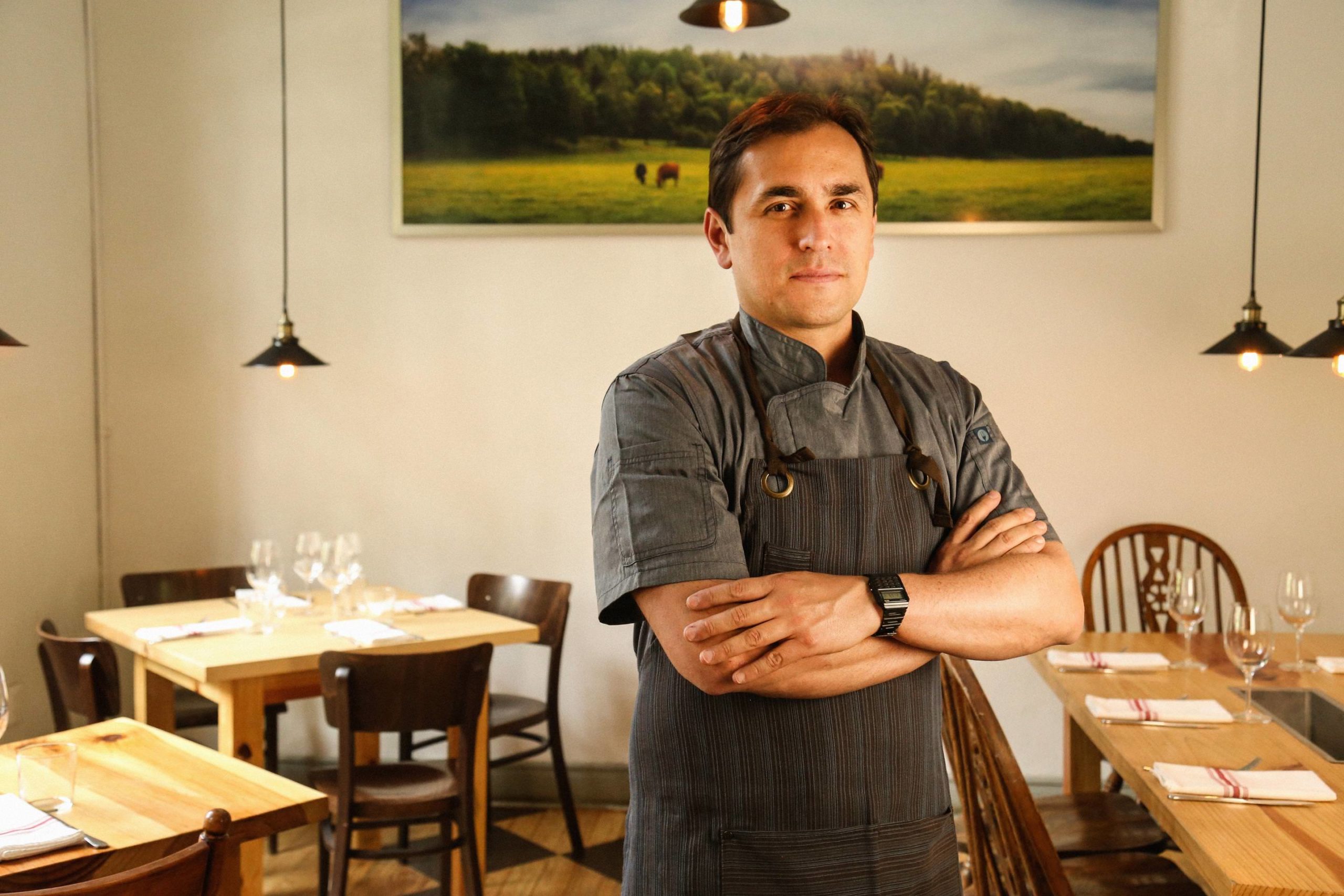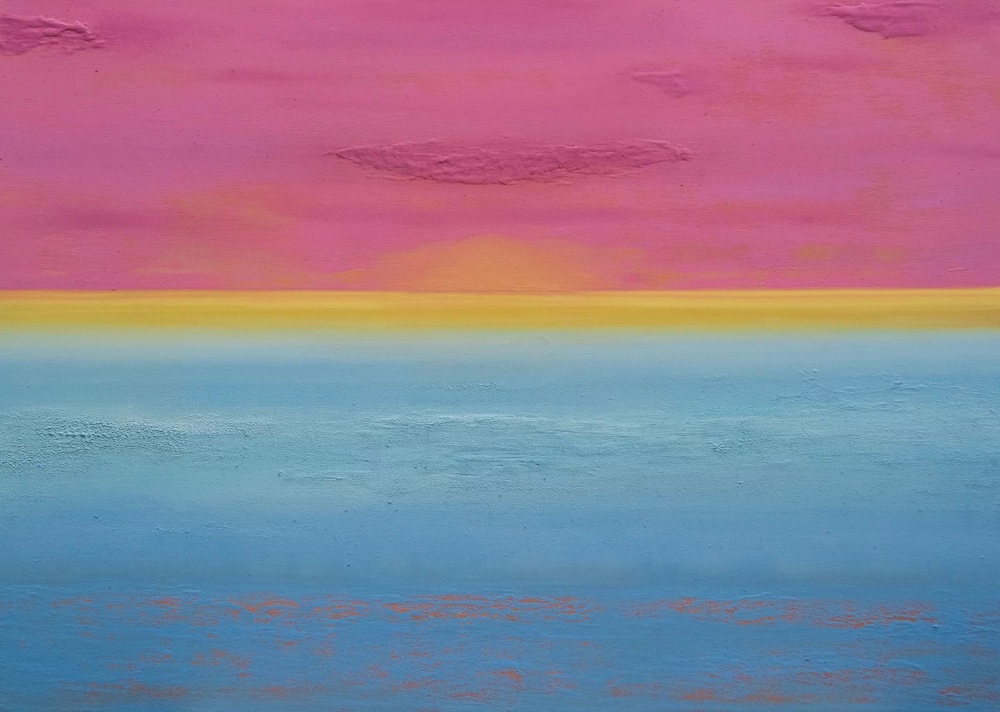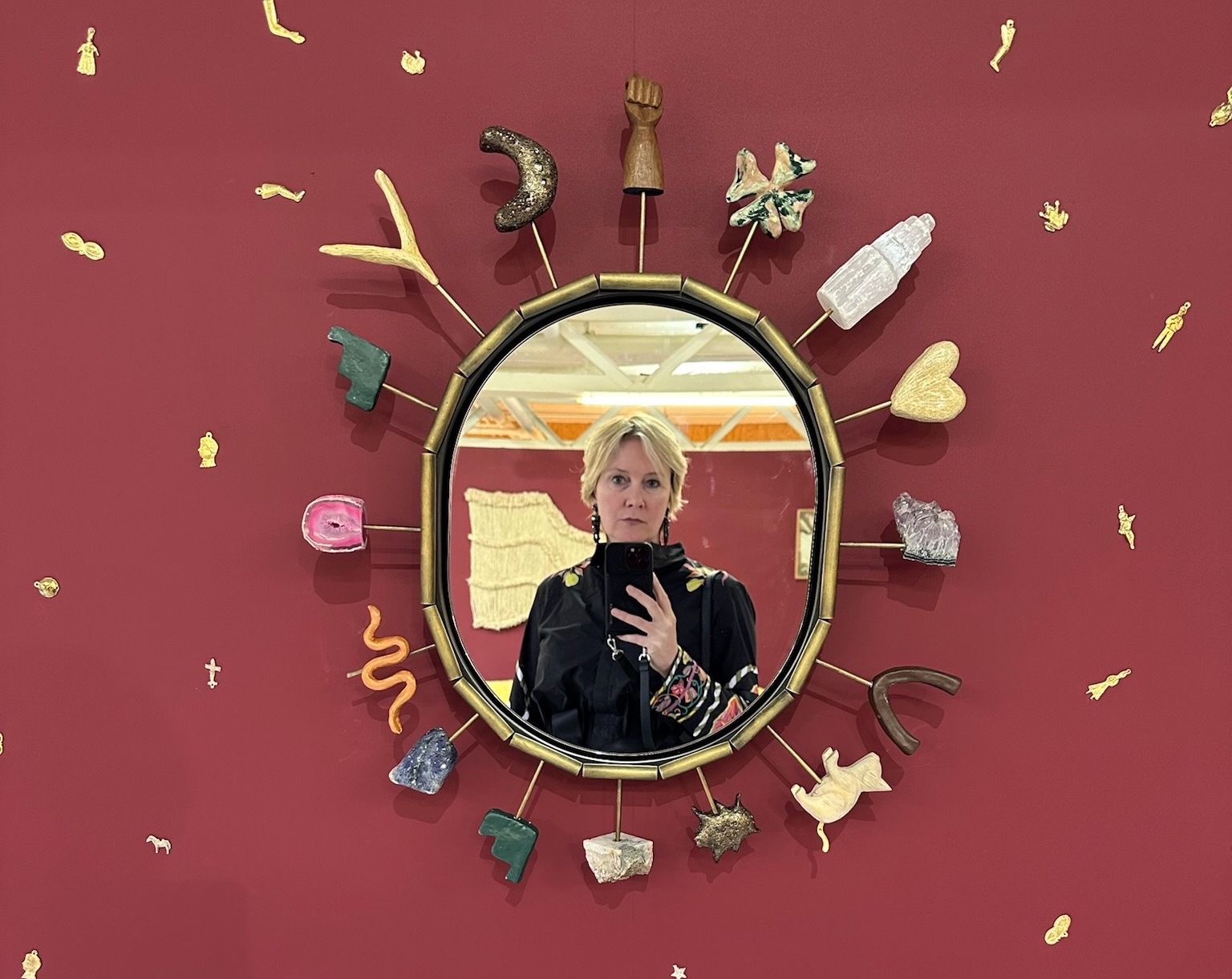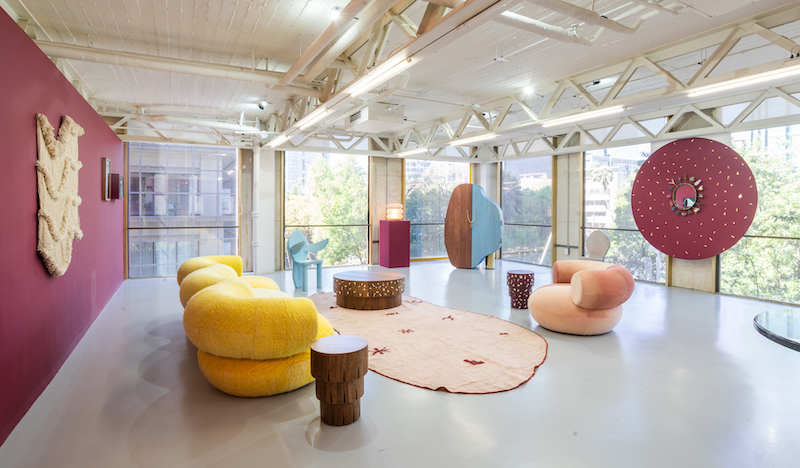Maycoll Calderón is the type of restaurateur you’re genuinely curious about. He’s got an undeniable cool factor, he creates insanely delicious dishes, and his spaces—while vastly different from each other—are inviting, well-designed, and full of personality.
Born from a Colombian artist father, and a Venezuelan architect mother, he traveled the world as a kid. From childhood to adulthood, he has been consumed in art, cuisine, and culture, greatly impacted by how memories and art translates to cuisine. So far, he’s lived in Venezuela, Colombia, Ecuador, the Dominican Republic, Puerto Rico, Spain, and the United States (first working for Jean-Georges Vongerichten in New York, and then in L.A.). Today, he lives in Mexico City, running the acclaimed restaurant Huset and the sought-after speakeasy bar, Hanky Panky.
Whitewaller spoke with Calderón about where his interest in food began, about his relationship with the locals, and about how growing up with art impacted his choices today.
WHITEWALLER: Let’s start by talking about where your interest in food really began. Growing up, were you interested in ingredients or the act of cooking?
MAYCOLL CALDERÓN: Because of my dad’s job, we would travel a lot. Every three years we would move to a different country. That opened my mind to different cultures, and of course foods and ingredients. From the beginning I really knew that I wanted to be a cook, even though no one in my family has restaurants or hotels, or anything related to the restaurant business.
My grandparents are all super old school, and to have a male figure in the kitchen, it was kind of prohibited. They would always kick me out of the kitchen when I visited them. I used to get into fights with my grandparents saying, “No, I want to see what you’re doing! I want to help you.” And that was kind of a big controversy.
But I was always going to the kitchen; always intrigued by what happened in the kitchen. I would always taste whatever was brought to the house, or I would go to the market. It was fun for me. I knew I liked the idea of cooking and tasting new ingredients and I always had the treat of traveling the world.
WW: How did your parents’ creativity impact you?
MC: My house was a fun place to grow up. Because my dad was a painter and a sculpture, my house smelled like oils because he painted with oils. He does big format, which is fun. My parents always took me to every museum they could possibly find. They taught me about art, of course. It was an obligation for me to learn how to draw.
My dad always gave me a pencil or a pen, and he taught me how to actually draw and paint. That was part of the rules of my house. You have to learn how to do a circle, a straight line, and from there on, mix colors, and paint, which was fun.
But the funny part is, I’m colorblind. So, my dad was kind of hard on me at first because he didn’t know what it was to be colorblind. I confused brown and green, purple and blue, and gray and pink. And when I used to draw, I would get how I would see the world and I would paint, but then my parents were called into the school, and they told them I was colorblind. It was pretty funny.
WW: A colorblind son of artists… So, when you plate your dishes, you must not go off of color. What kind of technique do you use for plating?
MC: Keep it simple. Respect the colors of the ingredients. Normally when I do basil, the whole recipe has basil. If it has mint, it has a lot of mint. I don’t mix too many ingredients. And on the plate, it looks green. (And for me, it looks brown.) When I have a doubt, I ask my cook if it’s green. They tell me, “Yes, chef. It’s green. Don’t worry.”
WW: There are many factors into making a unique dining experience. What’s most important to you?
MC: For me, the most important thing is consistency. That’s the first.
And then, to be at the restaurant—to be there, to enjoy what I do, and to transfer that energy to my team and, of course, the customers. In the restaurant, I do the whole management of the restaurant. I do front of the house and back of the house. I train my front of the house staff every day. I talk to them every single day, and since we opened the restaurant, my front of the house is still the same. I haven’t had any changes. That’s awesome for me. They’re loyal soldiers and they’re awesome. It’s a great team to have.
WW: Growing up, you traveled a lot, and have lived in nine different countries. They all have various influences in terms of art, culture, and cuisine. Can you tell us about how your influences from each place might translate through cuisine?
MC: For every single country, you get a little bit of ideas, of course. You taste so many ingredients. But at the end of the story, it’s all about finding the right ingredients—the right quality of ingredients. Treat the ingredients right. Have respect for what you buy from the market. Talk to your purveyors, have constant communication with them, because they’ll give you all the tools to make good food. That, for me, is essential.
From Europe, I learned classic techniques, of course. I think from molecular gastronomy to high-end cuisine, with Jean Georges in New York, I learned a lot about Asian product and ingredients. That opened the world for me—to mix butter and soy, things like that, were not normal for me. I learned way too much with him.
And then I came to Mexico. Mexico has all the ingredients that you could possibly think of, which is why I stayed here. It’s such a beautiful country. And for me, it’s easy to cook in Mexico. If I get awesome ingredients, it makes my life easy to make the food.
WW: Tell us a little bit about the design of your spaces—Huset is very different from Hanky Panky—your gorgeous speakeasy located inside a classic taqueria.
MC: My business partner, Walter Meyenberg, is a designer. We always join energies together to create beautiful spaces like Huset and Hanky Panky. With Hanky Panky, we found this old place that was abandoned for more than 10 years. The space was an old restaurant the whole space was burned in an accident. There wasn’t anything in there. There wasn’t a single plant. It was almost a ruin.
We brought it back to life and we made it from scratch. Everything seemed simple and organic, but it has a lot of behind it. We’re extremely particular with details—very detail oriented. We just made a fun restaurant. We made an oasis in the metropolis of Mexico City.
Of course, the concept is very different. We wanted to do a speakeasy in Mexico City. When we opened Hanky, there wasn’t a single speakeasy in Mexico City where you have a hard time finding it first, and then you go through something crazy or different. You go through two separate doors, and you go to a beautiful space.
We used everything we could possibly find in Hanky Panky and we reused it in some sort of way. For example, there’s was a lot of wood. The bar, if you see the bottom, it’s all in wood and it’s completely burned wood, but it looks beautiful. Then the floor—the actual marble is the same marble from the Waldorf Astoria in New York. It’s reclaimed. We were lucky. We went to this place where they sell marble, and one of the guys told us, “No, go back there. There are a few pieces you might like.” There were only three big pieces and we bought it. They told us later on that it was the same marble from New York in the Waldorf Astoria.
All the lighting we made in Aguascalientes, which is a town nearby in Mexico. Everything in metal, we did it there. All the booths were designed by us to fit what we wanted and to have the feel and look of a speakeasy.
Then, of course you see a big buffalo. Normally, we hunt for glassware. We go into grandmas’ houses and we buy all their glassware. In one of those houses, they had a buffalo. We made an offer and they gave it to us. [Laughs]
So, with the concept that we do, we really work in details. We go into construction, we go into every market we can possibly find, and we get everything we can buy ourselves. We don’t hire a designer or anything and we do everything ourselves.
WW: And now, you have an eight-year-old son. Do you teach him specific things about cuisine? Is that important to you?
MC: He likes what I do. That’s the funny part. He is a very social kid. He’s a leader already and he has fun with the restaurant. Now that he’s a bit older, I teach him how to finish the plates; to do the puree with the spoon, to play around with the oils that I use, to take the herbs and put them on top of the dishes. He’s learned how to do bread already. But he learned from the guys. I don’t push him at all to cook. I’m like, “if you want to do it, go have fun with the kids in the kitchen.”
So he goes inside, he goes to the pastry department and the guy teaches him how to do bread, how to do the pizza dough, how to play with the ingredients. But am I pushing him? No. I think he likes it, but I don’t know what’s going to be in his future.
And when he gets tired in the kitchen, he goes and plays around with the guys in service or goes up to the bar and sits there. The guys at the bar teach him how to do a lemonade. He already knows the basics.
WW: When you’re not in the kitchen, where do you like to eat in Mexico City?
MC: When I’m not in the kitchen, I like to eat the street food in Mexico. I think it’s one of the best. I have found awesome tacos around the city; small places where you have traditional Mexican food. Then I would say maybe once a week, I’ll go to a decent restaurant and taste what everybody is doing, which is very important. And I like Máximo Bistrot. It’s very close to Huset. He’s a hard worker. Everything he tries to do himself. And he’s obsessed with ingredients, which is awesome.
WW: And where do you like to see art?
MC: The Soumaya Museum is always fun. I like the last floor; it has one of the biggest Rodin collections in sculptures. It’s amazing. The Jumex museum is always fun. You always find something different. I like the Contemporary Museum of Art, which is also very close to Huset. Sometimes I take my bike there. La Roma is full of galleries, so I walk around a lot in the neighborhood, my neighborhood, and when I go to Hanky Panky. I always stop once or twice a week into the galleries and check out a little bit of art.









